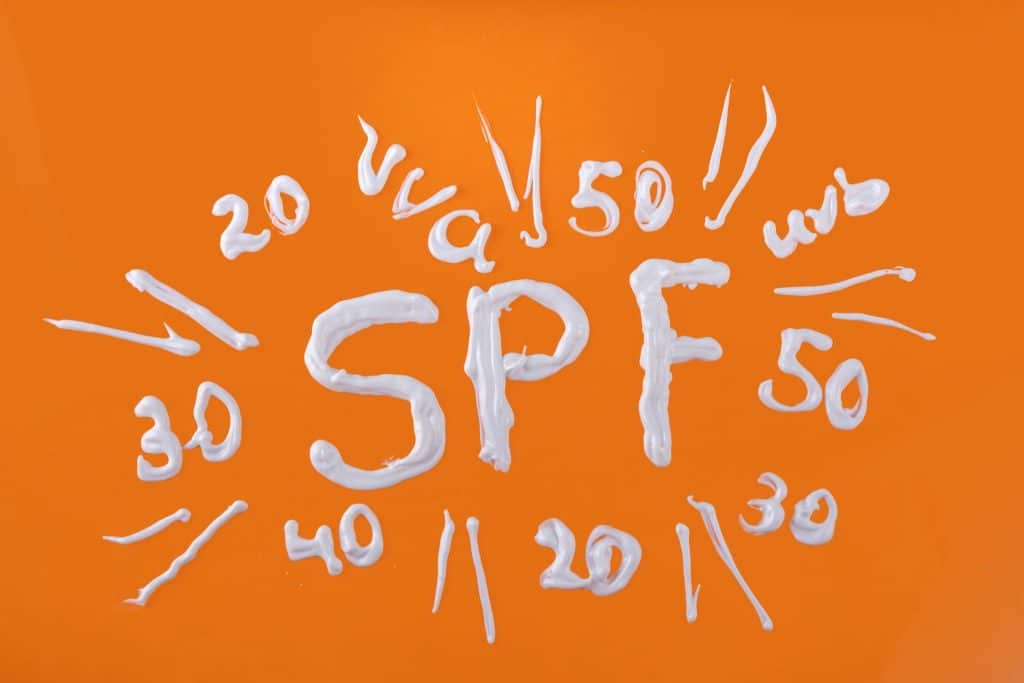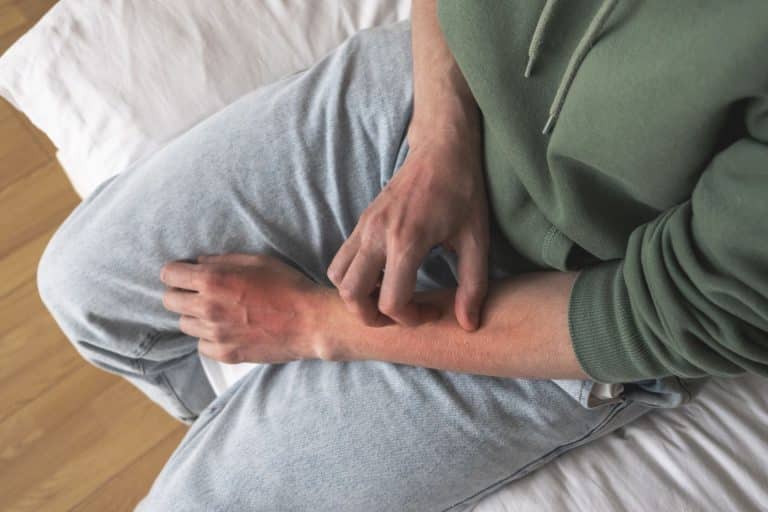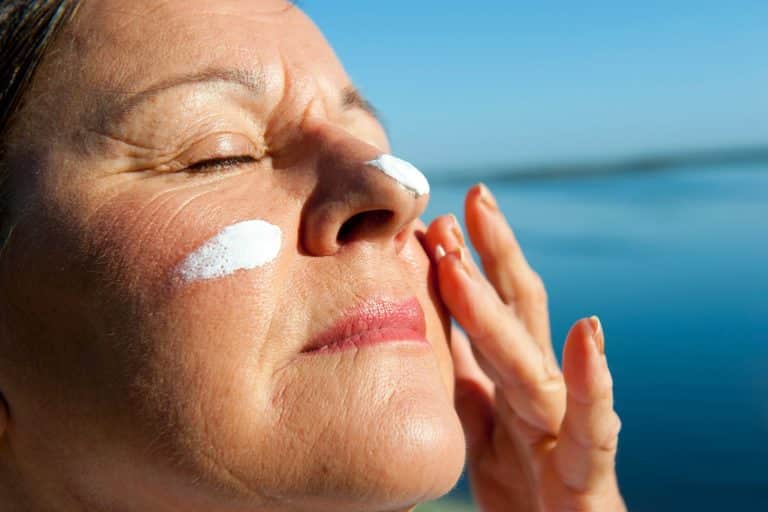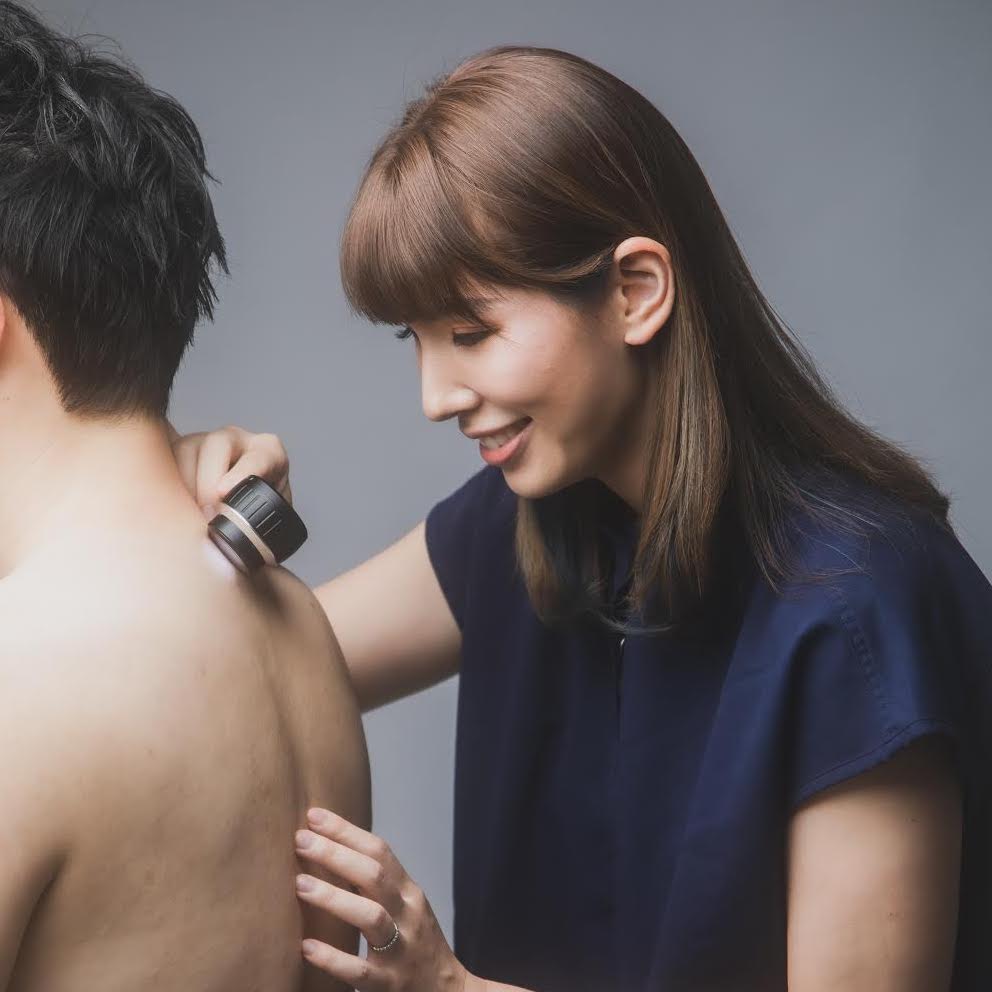
What is SPF?
Sunscreen is a crucial part of sun protection, but have you ever wondered what SPF really means? SPF, or Sun Protection Factor, measures how well a sunscreen protects your skin from harmful UVB rays—the ones responsible for sunburn and increasing your risk of skin cancer.
How Does SPF Work?
SPF is a measure of how long sunscreen will protect your skin compared to no sunscreen at all. For example, if you would normally burn in 10 minutes, SPF 30 theoretically allows you to stay in the sun 30 times longer (300 minutes) before burning. However, factors like sweating, swimming, and improper application can reduce effectiveness, making reapplication essential.
Here’s a breakdown of SPF levels:
- SPF 15 → Blocks 93% of UVB rays
- SPF 30 → Blocks 97% of UVB rays
- SPF 50 → Blocks 98% of UVB rays
- SPF 100 → Blocks 99% of UVB rays
🔹 No sunscreen can block 100% of UV rays! This is why it’s essential to reapply sunscreen every two hours to maintain full protection, especially if you are sweating or swimming.
What About UVA Protection?
SPF measures protection against UVB rays, but UVA rays also contribute to skin aging and cancer. Look for broad-spectrum sunscreen, which protects against both UVA and UVB rays. UVA rays penetrate deeper into the skin, causing premature aging and increasing the risk of melanoma.
Chemical vs. Mineral Sunscreen
There are two main types of sunscreen:
- Chemical Sunscreens: Absorb UV radiation and convert it into heat, which is then released from the skin. Common ingredients include oxybenzone, avobenzone, and octinoxate.
- Mineral (Physical) Sunscreens: Create a physical barrier that reflects UV rays. Common ingredients include zinc oxide and titanium dioxide. These are ideal for sensitive skin.
Choosing the right sunscreen depends on your skin type and personal preference, but broad-spectrum coverage is always a must!
What SPF is Best for You?
Your ideal SPF depends on your skin type, daily routine, and sun exposure. Here’s a quick guide with explanations:
| Skin Type / Activity | Recommended SPF | Why? |
| Daily indoor work (minimal sun exposure) | SPF 15–30 🌤️ | Limited exposure to direct UV rays means a lower SPF is sufficient. However, sitting near windows can still cause UV damage, so some protection is necessary. |
| Casual outdoor activities (walking, errands) | SPF 30+ 🚶️♂️ | Short periods of sun exposure throughout the day can add up. SPF 30 provides strong protection while being easy to incorporate into a daily routine. |
| Extended outdoor time (beach, sports) | SPF 50+ 🌾🏝️ | High UV exposure increases the risk of burns and long-term skin damage. SPF 50+ ensures maximum protection, especially when reapplying regularly. |
| Fair/sensitive skin (burns easily) | SPF 50+ ⚠️ | Fair skin lacks sufficient melanin to provide natural UV protection, making it more susceptible to sunburn and skin cancer. High SPF is essential. |
| Children & babies (delicate skin) | SPF 50+ 👶 | Young skin is more sensitive and prone to long-term sun damage. Broad-spectrum SPF 50+ with mineral-based ingredients is safest. |
| Post-laser/skin treatments (extra sensitivity) | SPF 50+ 🌿 | After treatments like laser therapy, the skin is more vulnerable to UV damage. SPF 50+ helps prevent hyperpigmentation and irritation. |
👉 Tip: If you sweat or swim, choose a water-resistant sunscreen and reapply every 40–80 minutes for optimal protection.
Sunscreen Myths vs. Facts
Let’s debunk some common sunscreen misconceptions!
🚫 MYTH: “SPF 100 is twice as strong as SPF 50.”
✔️ FACT: SPF 100 blocks only 1% more UVB rays than SPF 50. The real key to protection is regular reapplication, not just a higher SPF!
🚫 MYTH: “Darker skin doesn’t need sunscreen.”
✔️ FACT: While melanin does offer some UV protection, it’s not enough to prevent sun damage, premature aging, or skin cancer. Everyone needs sunscreen!
🚫 MYTH: “I don’t need sunscreen on cloudy days.”
✔️ FACT: 80% of UV rays penetrate through clouds. So even on overcast days, UV exposure can still harm your skin. Sunscreen is a daily essential!
Pro-Tips for Maximum Protection
Want to get the most out of your sunscreen?
Follow these expert tips:
- Apply 20 minutes before sun exposure for full absorption.
- Use the right amount: A shot glass (30ml) for your body and ½ teaspoon for your face.
- Reapply every 2 hours, or immediately after swimming or sweating.
- Look for “broad-spectrum” protection to shield against both UVA & UVB rays.
Best Sunscreen Ingredients for Different Skin Types:
Oily skin → Gel-based, non-comedogenic sunscreens
Dry skin → Moisturizing formulas with hyaluronic acid
Acne-prone skin → Oil-free, non-irritating sunscreen
Sensitive skin → Mineral-based sunscreens with zinc oxide or titanium dioxide
Protect Your Skin – Book a Skin Check Today!
Your skin’s health is vital, and sunscreen is just one part of sun protection. If you have concerns about sun damage, moles, or your overall skin health, book a professional skin check with our experts today!
ISO Skin Cancer & Laser Clinic
Location: 209/1808 Logan Rd, Upper Mount Gravatt QLD 4122
Call us: (07) 3472 7477
Visit us online: isoclinic.com.au
Stay sun-safe and keep your skin glowing! 🌞✨






